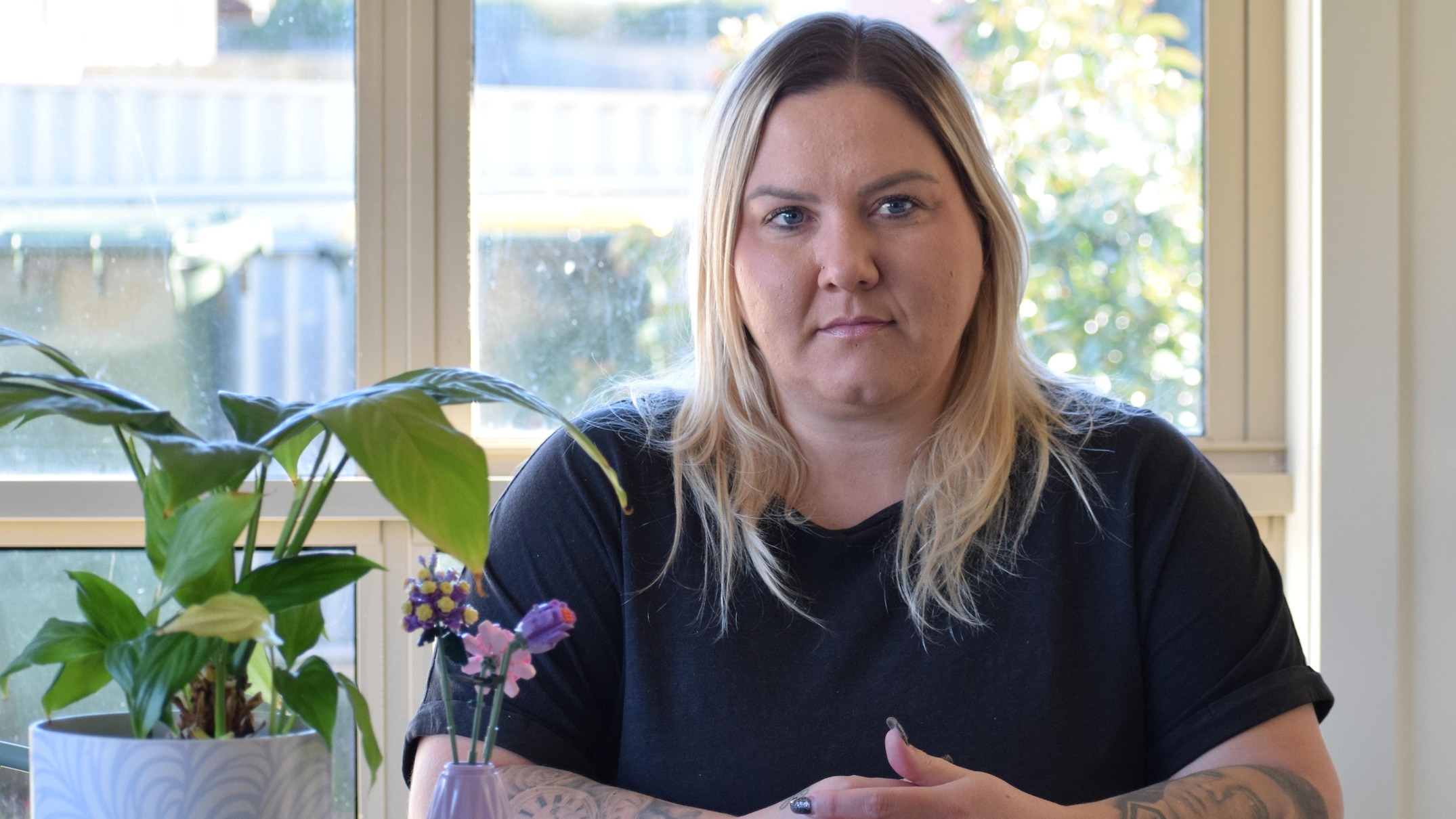Migraine Misdiagnosed as Grief: Australian Woman Clings to Hope

Since developing migraine four years ago, Hobart resident Claire Szymanski has had to stop working and regularly misses out on social events.
"I'd never previously had migraine, woke up one morning with what I thought was this shocking headache and unfortunately four years on I have not had a day's break from it," Ms Szymanski said.
"It's really been very up and down, there's been more hard times than anything."
Ms Szymanski is one of an estimated 4.9 million Australians who live with migraine of varying frequency and severity.
Another Tasmanian, David Gardiner, has experienced life-changing relief through medication but said living with the disorder had made him more accommodating of others who live with an invisible illness.
Ms Szymanski said she was "in and out" of hospital when symptoms increased in intensity.
She seeks temporary relief from the severe head pain and dizziness she lives with each day through the use of nerve blocks and severe migraine treatments.
The single mother of two has received treatment in Tasmania and interstate.
But she has now been advised by neurological specialists that it's likely her constant head pain and dizziness are here to stay and she should seek counselling for grief related to losing her quality of life.
She continues to seek a solution regardless.
"Any chance or hope of getting better you do what you have to do," Ms Szymanski said.
Understanding migraine
Jude Kingston clearly remembers her first migraine attack more than five decades ago, when she was eight and in her classroom in Tasmania.
"I kept trying to rub my eyes to work out why I couldn't see the chalkboard properly," Ms Kingston said.
"I somehow managed to walk home and not long after that I had the severe headache and the vomiting."
Now chairperson of advocacy group Migraine Australia, Ms Kingston said education was key to people's acceptance of migraine, which can affect vision, speech and language, and has neurological symptoms once triggered.
There are 10 types of migraine and within those types, the disorder can vary in severity and frequency.
Common triggers for a migraine attack include certain food, strong smells, such as perfume or a potent meal in a shared office, bright or flickering lights, and loud noises.
Other triggers are hormonal changes such as the onset of perimenopause, exercise, fluid intake, changes in routine and sleep, and stress.
Ms Kingston said it could be helpful for people living with migraine to look for patterns in diet, behaviour and their environment to determine triggers.
If experiencing migraine symptoms, seek a diagnosis from a GP and advice on how to manage the disorder.
"At this stage there is no cure and there is no cause for everybody," Ms Kingston said.
"There are treatments working for people, which is wonderful."
Life-changing relief
Hobart resident David Gardiner has experienced a significant reduction in the severity and frequency of migraine attacks.
Mr Gardiner now realises what he has missed out on in life, since developing migraine in his late teens.
Now in his 50s, he said he recently had a great response to a class of medication called CPRG inhibitors.
"It's had a profound impact on my life.
"It's made me realise the things you miss out on [and] makes you as accommodating as you can be of other people who experience chronic health conditions."
Triggers for an attack, such as strong smells and flickering or bright lights, are difficult for Mr Gardiner to avoid, but he self-advocates when necessary.
He said many people were understanding, but he had experienced stigma.
"Some people think of migraine as a headache, not that you'd want them to experience it," Mr Gardiner said.
"I don't think you'd wish migraine on your worst enemy."
Migraine stigma
Ms Kingston encourages people who do not experience migraine to learn about the disorder to better support those who do and reduce stress from stigma.
Correct language use, such as referring to migraine not in the plural, reduces stigma by reframing migraine as an ongoing disorder that can be triggered into expressing symptoms.
"Find out what it's like. When people learn about it, they're so surprised by how debilitating it is," Ms Kingston said.
Migraine Australia provides information about the disorder and resources, including support groups, online.
"A lot of the time with this you can feel really alone, and relationships and friendships can be hard to keep … because you feel like you're constantly letting people down," Ms Szymanski said.
"The support groups are really good to know you're not alone and people understand."
Comments
Post a Comment